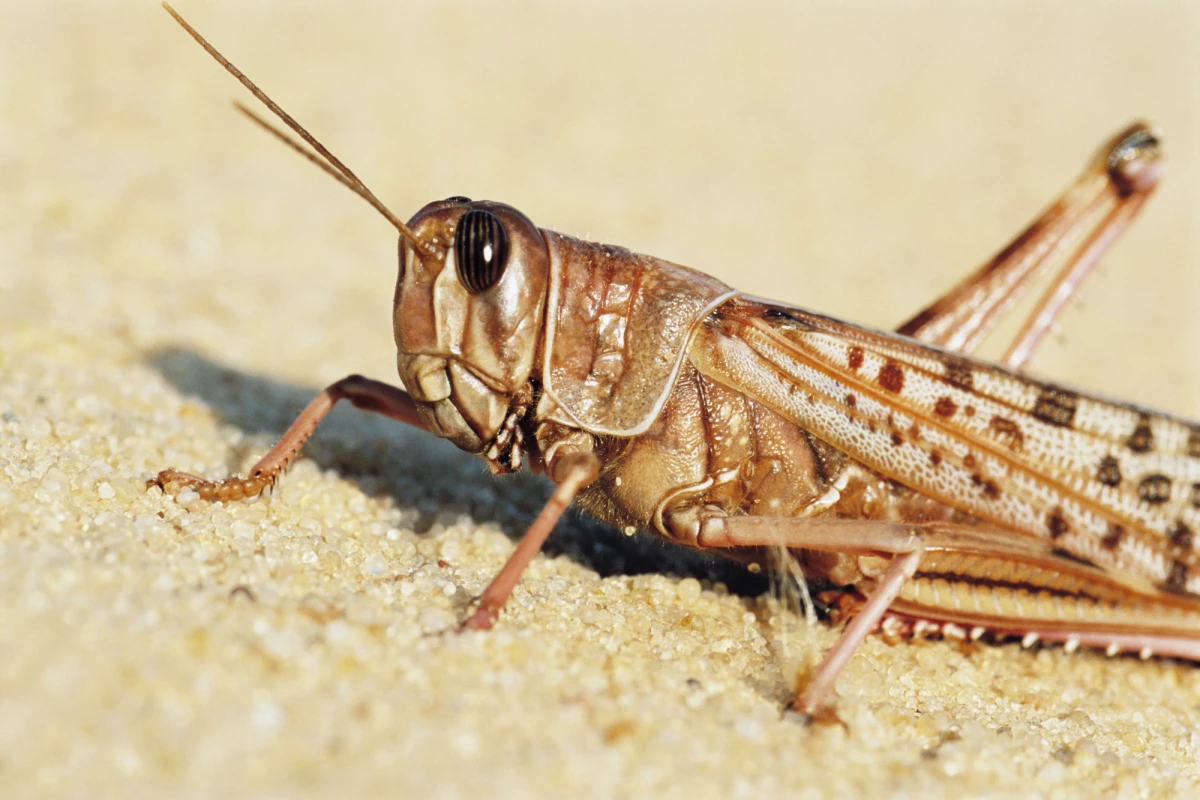Researchers at Tel Aviv University have managed to create a kind of cyborg, by integrating the ear of a locust into a robot. The robot was then able to respond to noises that the biological sensor picked up, which could pave the way for more sensitive and efficient sensors.
No matter how well designed or powerful we make something, chances are that nature has not only already beaten us to the punch, but done so with much better results than we could ever hope for.
So why compete? Rather than design our own inferior tech from scratch, scientists are increasingly tapping into the natural versions, combining them with robots or electronic systems. That way, cyborg locusts could be used to sniff out explosive chemicals, cyborg cockroaches could perform search-and-rescue missions, and cyborg dragonflies could act as highly-maneuverable drones.
For the new study, the Tel Aviv researchers connected a biological sensor – a locust’s ear – to a robot in place of its usual microphone, allowing it to respond to sounds. The team removed the organ from a dead locust and contained it in an “Ear-on-a-Chip” device that supplied oxygen and nutrients to it, to keep it alive and functioning.

The electrical signals from this Ear-on-a-Chip were then amplified and transmitted to the robot, which was programmed to respond in different ways. In tests, when the researchers clap once the robot moves forward, while two claps make it move backwards.
The team says that this advancement demonstrates how we can take advantage of natural sensors, saving scientists some development time that only yields subpar results anyway.
"In general, biological systems have a huge advantage over technological systems — both in terms of sensitivity and in terms of energy consumption,” says Ben Maoz, an author of the study. “This initiative of Tel Aviv University researchers opens the door to sensory integrations between robots and insects — and may make much more cumbersome and expensive developments in the field of robotics redundant.”
The research was published in the journal Sensors.
Source: Tel Aviv University via ScienceDaily




